Recently I had the opportunity to sit down and have a great conversation with NYC-based DP, Jendra Jarnagin about a recent feature film, Asking for It. Jendra has an extensive professional background and her work has been seen in countless features and commercials. Let’s dive right in!
PH: How did you get involved in making Asking for It?
Jendra Jarnagin: I thought the script was interesting so I took a phone meeting with the director Eamon O’Rourke and we really hit it off. I was impressed with his approach, his sensitivity, his commitment to including as many female voices as possible. Not just lip service, but actual input and openness and basically saying, “I acknowledge that I don’t have the life experience of these characters in this story.” He did a lot of research and went to great lengths to get people to weigh in on telling as authentic a story as possible.
The director had already done a lookbook, so I had a good sense of his sort of tone, which is kind of hard to write into the script. So that lookbook document was important for me to get a visual and stylistic grasp on the movie. It's very sensitive subject matter about the aftermath of sexual assault and the lasting effects of unprocessed trauma. So, in terms of how to tackle it tonally was definitely a big part of the conversation.
PH: You have done quite a few features, right?
Jendra Jarnagin: This was my eighth feature film. And I also do a fair number of commercials. I would call myself a “feature DP” first and foremost, but, with features, you only do a few of them a year. So, I fill in the gaps with commercials.
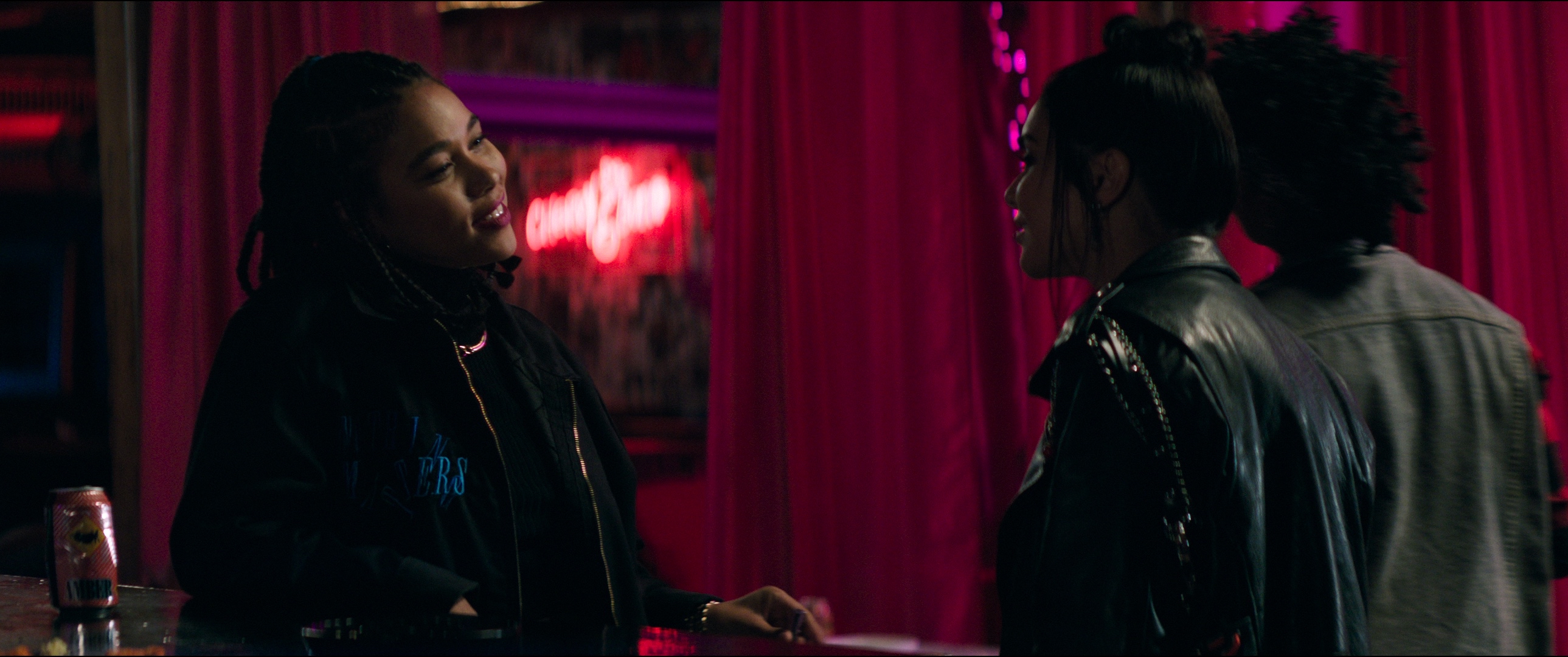
PH: What about the choice of camera to shoot with for this feature?
Jendra Jarnagin: I was flexible in terms of what made the most sense for the production. There's certainly a lot of good cameras out there, and I wasn't attached to a specific camera. We were more specific about the lenses in this case. The camera choice of an Alexa Mini happened because there was a production company in Oklahoma who had just bought a very complete Alexa Mini package. Normally getting a camera from an individual owner-operator can be a pain in the butt, because they're either lacking in accessories or they have subpar accessories because of the cost. However, this was the most shockingly complete small production company package I'd ever seen. I don't think they had lenses, but it didn't matter because we wanted specific lenses. We knew we wanted to shoot anamorphic.
PH: Why did you want to shoot anamorphic? Was it the content or the style of the movie? Was that a requirement?
Jendra Jarnagin: A lot of the film takes place with the gang of seven women so there are a lot of group shots and also its sort of a mash-up of genres, one of which is a Western. In terms of the landscape and the locations and the group shots, we knew that we wanted to shoot a 2.40:1 aspect ratio. When we got into choosing lenses, the word “surreal” kept coming up. We wanted a bold visual style that was expressionistic in terms of conveying the emotions of the characters and the emotions of the story. Joey goes on this journey with this group of strangers, not realizing what she's getting herself into. Things get out of hand and get a little crazy and we wanted it to feel a little surreal.
PH: One of the first scenes that really pulls the audience into the movie is the club scene. How did you want that to look and how did you get the lenses you wanted?
Jendra Jarnagin: We were on the lookout for some lenses that had a certain feel to them and that would help convey those kinds of feelings to the visuals. And so, when we found the Xtal Express anamorphics, I was looking into what was available, like what kinds of anamorphic lenses are there? I had not shot anamorphic extensively and wasn't super familiar with all the different kinds of lenses that existed. I started doing some research online and found some lens tests for these lenses. And as soon as I saw them, I was like, “this feels like our movie.” Sometimes you don't know what you're looking for until you find it. When I saw them, I felt these were really interesting in all the right ways. I showed the tests to the director and thought the lenses were pretty extreme, so I wasn't sure if he was going to go for it or not. And he was said “100%, yes, this is exactly the look and what I'm talking about.”
PH: I've never heard of those lenses. Are they rare?
Jendra Jarnagin: Exactly. They're very obscure. They're made by Joe Dunton camera and I think Panavision acquired all of the Joe Dunton assets. When I was originally talking to Panavision prior to finding the local Oklahoma camera supplier, they mentioned these lenses and so I went and looked up what they were and discovered them. And then we found a set from Sheimpflug in New York, a hybrid set that's mostly Xtal Express, but they also has some other Joe Dunton anamorphics from the same era and some Technovision lenses which are very similar.
PH: Your feature had a very interesting look, because it really switched from scene to scene. Sometimes there was that hard edge to it and then sometimes not such a hard edge to convey.
Jendra Jarnagin: Yeah, sometimes it's soft. These lenses are soft and very, very distorted, depending on where you place them and how you use them and which focal length. When you want distortion, it's available to you. When you want to try and shy away from distortion, there are ways to achieve that. So yeah, they're very funky, unusual lenses.
PH: The question is, did you feel comfortable going into the shoot after you did your test? You felt comfortable enough saying, okay, we're going to shoot anamorphic, and you were in a good place with that decision?
Jendra Jarnagin: I had to get to know the lenses a little because they are each a bit different. I did as much testing as possible prior to the start of shooting, but obviously, you can't re-create every scenario that you don't even know you're going to be in yet... I got to know the character of those lenses more thoroughly as the shoot went forward. I knew that we were embracing a bold esthetic and a raw and messy esthetic. So sometimes that's what those lenses gave me, and I just leaned into it… like, “let's, go for it.” They are warpy and crazy and flarey and weird. And I love it; that's why they work for this story. I certainly wouldn’t use them for many other kinds of films.
PH: Love that description. I think I'm going to have to use that word from now on: “warpy.” When you looked at the shoot plan and you're looking at the different locations and things like that. Did you have in your mind, okay, what are we doing here: Are we're going to do a drone shot here, versus a handheld shot?
Jendra Jarnagin: It depends. Some shots were kind of spontaneous. Though we tried as much as possible to shot-list as much of the movie in advance as we could. I was hired only three weeks away from filming, so we had to choose our battles of where we put our energy, in terms of which things required the most discussion and focus in prep. The priority was to at least come up with the visual arc of the overall film and the broad strokes of our visual language in advance. And then a lot of times we would shot list the day’s work either at wrap the day before or we'd get up early and meet for breakfast because we hadn't had time enough to do so in prep.
I had specific ideas of what kinds of scenes should be Steadicam, what kind should be handheld, which should be static, etc. based on what kinds of emotions. A particular recurring theme we discussed was the exploration of new spaces; structurally it's basically a road movie once she joins the gang. We’re going on a journey, like when she enters the nightclub and all these other locations that she's never seen or been exposed to before. We're seeing these new worlds through her eyes… so the nightclub is Steadicam; moving through space in a flowing kind of a way. And then other scenes that are fight scenes or shootouts are more chaotic; shot handheld and more thrashy, in order to be disorienting or not being able to grasp what's going on. You know, revenge is a messy business after all.
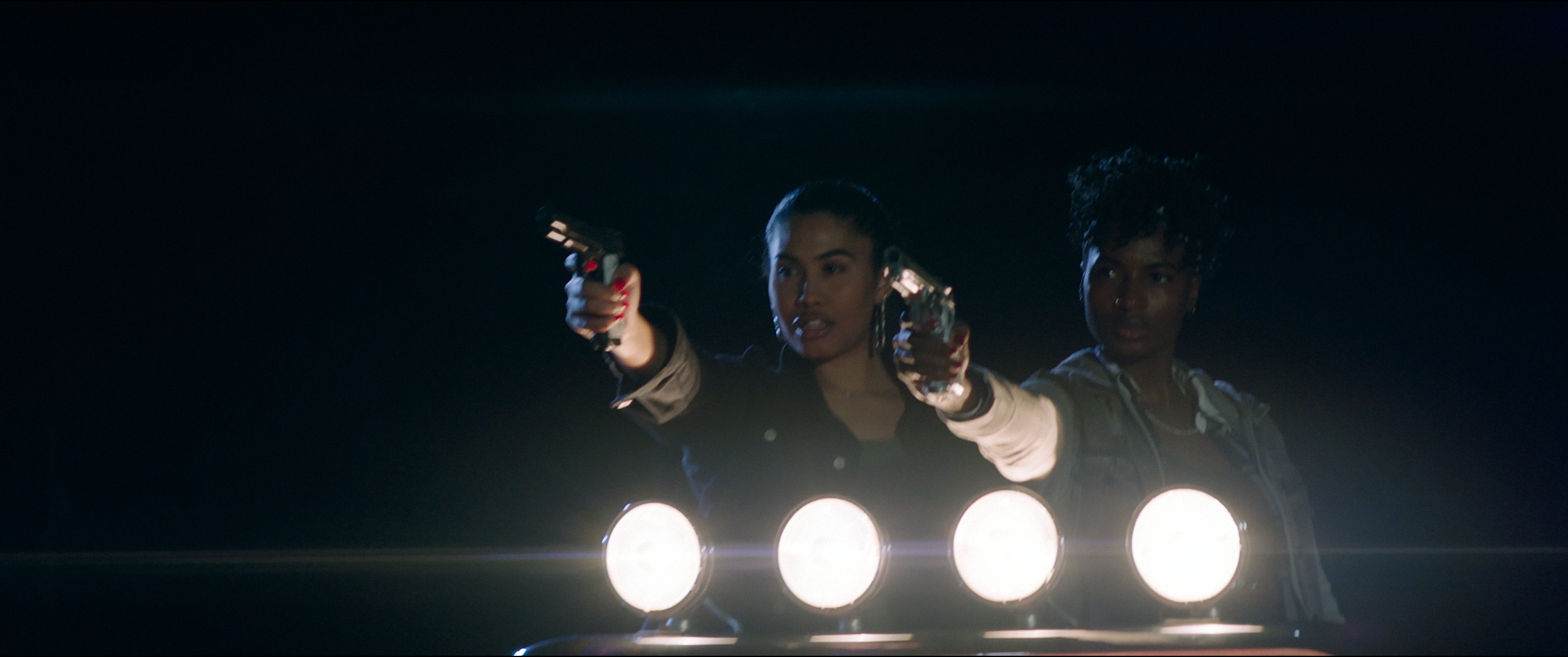
PH: Yeah, well, I'm glad you mentioned that. That word “thrashy,” because I know when we talk about the editing, the staccato pacing of some scenes was fantastic. Do you remember how many shooting days you had?
Jendra Jarnagin: We had 23 shooting days and I’ve gotta say with that many locations, that many characters and that much action, it was very, very rushed. It was a very short, very ambitious schedule. I’m proud of what we pulled off in so little time.
I've done other movies in 15 days that are very contained with three or four locations and maybe four people… no gunfights, no cars pulling away from the scene of a bombing. This movie had a lot of action and moving pieces. And especially anything you're doing with explosions and guns and fistfights and stunts, needs to be done safely, so that all requires the proper time and focus to keep it safe. So, that's a lot to do in a short period of time.
PH: Are there any scenes that you shot, that you said to yourself wow, that came out damn good?
Jendra Jarnagin: The introduction to the underground nightclub, the Cherry Bomb, was something that we put a lot of effort and focus into it being done the right way. It turned out exactly as we wanted it to be. So that was one of those moments that we were very proud of what we achieved, especially with all the background actors. You know, it wasn't just random people as extras. It was real people from very specific communities that we needed to find in Oklahoma and collaborate with them in terms of getting involved with the movie. It's not like we had a ton of money to just go hire and cast all of the drag queens and trans community and people who are willing to be partially nude and lots of gender diversity. It was of utmost importance to convey visually that this was a place of radical inclusion and self-expression and freedom for our primarily female identifying and non-binary community in a small town in Oklahoma. And the way that was done was every weekend our director Eamon and Ezra Miller, who was one of the producers, would go find the different subcultures and communities in Oklahoma City that are in the right direction of what we're looking for and make friends with them and involve them in the movie and include them in how they would be portrayed.
PH: The movie seemed very inclusionary. And if that's the vibe that you were going for you hit it.
Jendra Jarnagin: That's an important part. I mean, not just visually, but it's an important part of the story as Joey's introduction to this world, that she's never seen anything like this before. She's shocked that this exists in her small town, right underneath her nose, out at a farmhouse on private property that she would never know was there. So being invited into this world is part of the seduction that she feels and the appeal of this group, without knowing that she's in for a life of violent crime.
PH: I did notice one thing. It caught my eye. Whoever did the wardrobe nailed it. The juxtaposition between her wardrobe and the other characters really set her apart; innocent vs not so innocent.
Jendra Jarnagin: We had a great costume designer, Brianna Quick, and certainly there was a lot of thought and care put into all of those decisions.
PH: Was there anything, a scene that you found either professionally challenging, or just a really difficult scene? Or is there any scene that you're doing that was so charged emotionally that even you had to take a step back and say, well, this is a heavy scene?
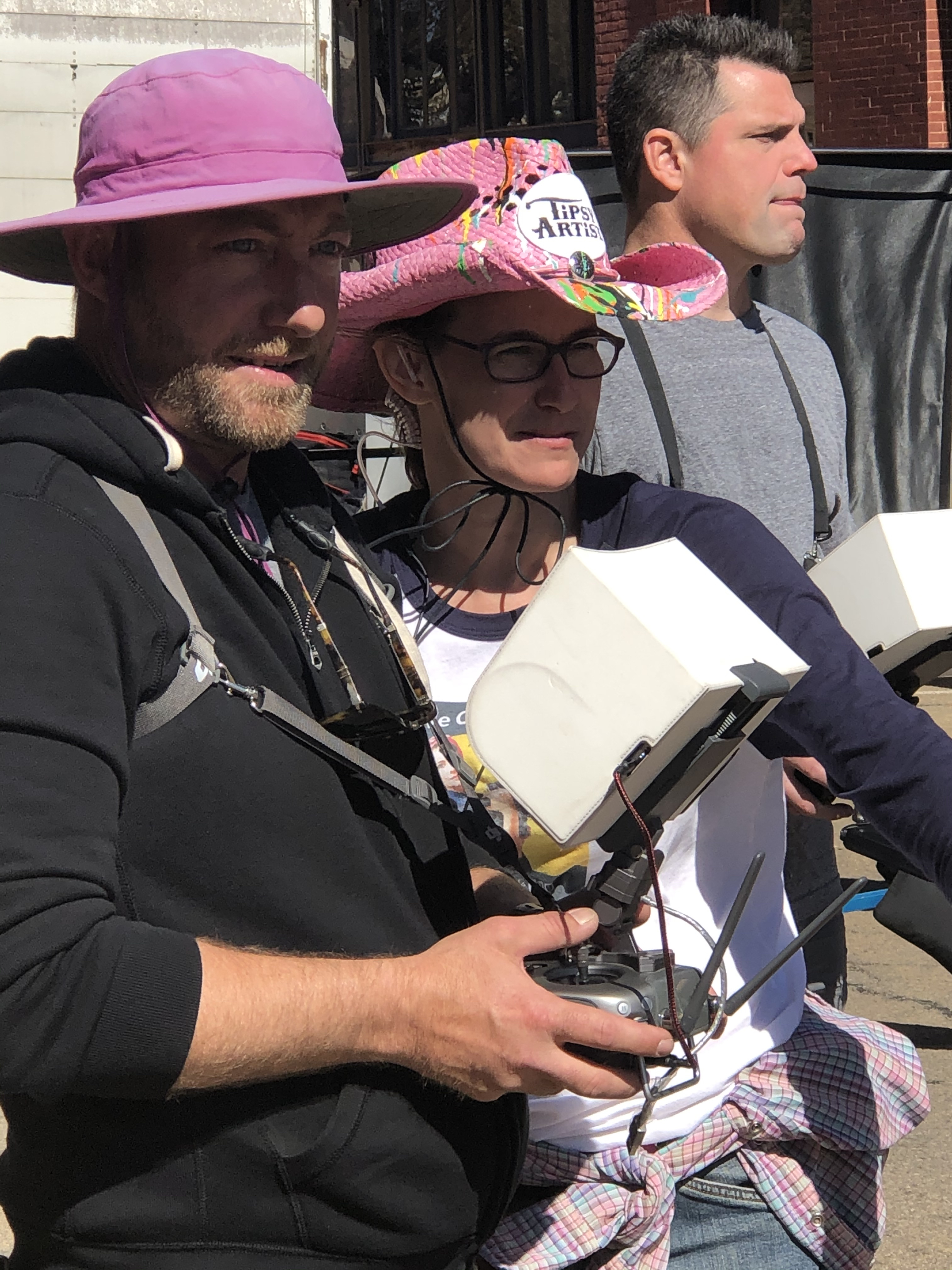
Jendra Jarnagin: The scene where the main character is sexually assaulted, which is part of what we call the “dissociation montage”. It's told visually in intentionally obscure flashes of imagery, because she was unconscious or semi-conscious at the time that it happened, so her understanding of what happened is fragmented and cloudy.
We wanted it to be her subjective experience and piecing together what had happened to her, not only without her consent, but also without her knowledge. So how we approach that scene, like how much to show, how much not to show, how aggressive he was with her, her degree of responsiveness… that was all incredibly well discussed and decided in advance. It was an incredibly sensitive scene, when it got to certain actions that he was doing to her.
It was uncomfortable to watch as filmmakers and even to make someone have to do that and go through that, needed to be handled very sensitively. And of course, the actors are very professional, as was the entire crew. We also put a lot of care into the sequence of Joey in the bathroom following that, with the strong, disgusting colored yellow-green light. Her being on the toilet and realizing that there's blood; I operated that scene myself. Otherwise, I had an amazing camera operator, Brad Grimmett, who was our Steadicam and primary camera operator. But for that scene there was such an emotional vulnerability and an intimacy to it. It was just me and Kiersey Clemons alone in the bathroom, so I felt that I wanted to operate the camera myself in terms of my connection with Kiersey as a woman going through that.
PH: The scene was lit in a puking green yellow-like color.
Jendra Jarnagin: Yes. I and the gaffer Jacob Keen picked the most disgusting color on purpose. So yeah, those scenes, I would say were the most emotionally challenging. Even the discussions in advance, to inform our choices, were difficult, personal and vulnerable. In terms of deciding how do we do it, to tell the story, but then also how do we handle it in terms of navigating it sensitively with the crew and the actors? Creating the right environment on set was something important to Eamon that we discussed a lot in advance.
PH: A few last questions. I really appreciate your time. Is there anything that you would want to add that maybe we didn't talk about?
Jendra Jarnagin: I think the reasons behind our choices as storytellers are more interesting than the equipment and I think it's more valuable for people to read about the “why” in terms of affecting their own development as filmmakers. Like, “why did someone use this lens or this technique?” And “what are you trying to say?” That's what informs the tools. And the technique is born from how you want the viewer to feel. I think too many people get caught up in talking about the gear.
I will add one other specific example since you asked about the camera movement of swinging around in that scene where the main character is waking up in the farmhouse. That idea was spontaneous in the moment, where we knew what scene we were coming out of and we had shot that one already. In the scene prior, she's letting loose and getting drunk and feeling comfortable with this new group of people. She ends up crashing and spending the night and waking up there in bed the next morning, unplanned. Where we left things was with the camera circling her with the Steadicam, doing 360s, as she's getting more intoxicated and enraptured with the world of these people. And so, waking up there in the morning was a transition, coming out of the scene from the night before with all the swirling, so we had this great idea in the moment to come out of this swirling.
We hadn't thought of that in advance, in terms of booking some sort of specialty rig... We discussed it with the director, in terms of the idea and with the camera operator, in terms of the execution, “like what if you just started the Steadicam 90 degrees on its side and then just dropped it and let it pendulum into settling where it belongs?” We took the widest angle lens that we had. I think it's the only time in the whole movie that we use that funky 24 millimeter lens. So that shot, it's coming out of this swirly feel and landing into the next morning. We tried it, and everybody loved it. It worked really, really well. As much as I strongly believe a movie is made in prep, and I prefer to shot-list in advance, its also important to stay open to new ideas in the moment. Be present to the emotions of the story you are telling; that’s how inspiration strikes.


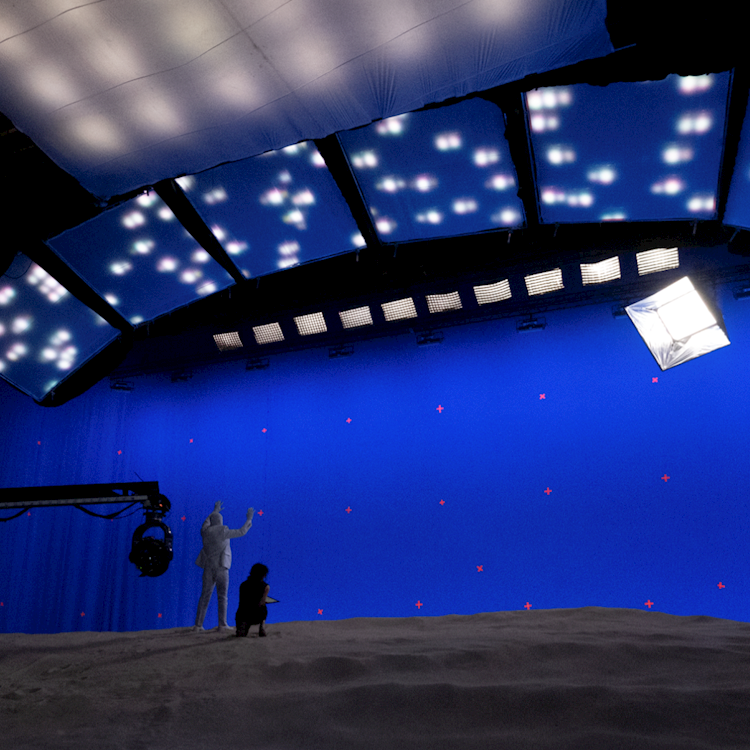
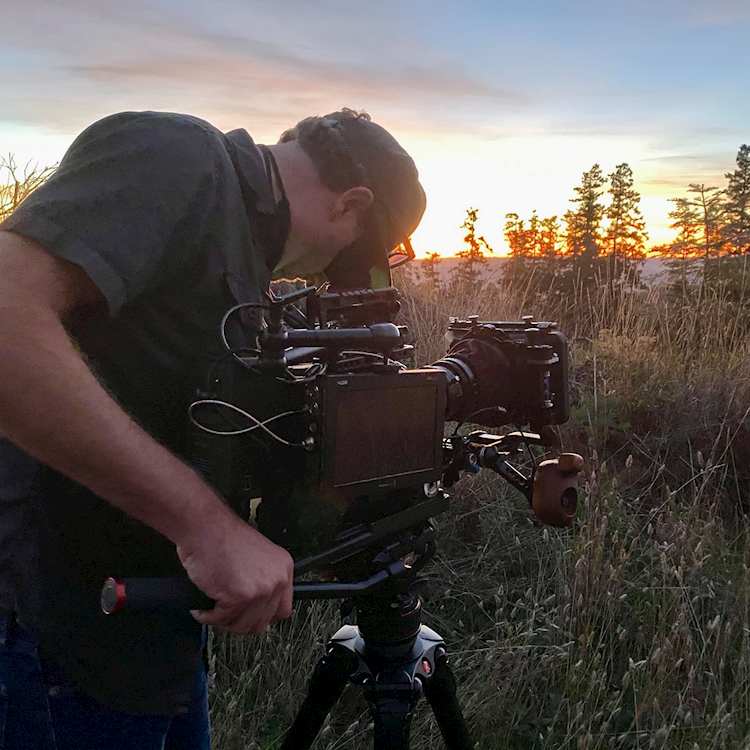
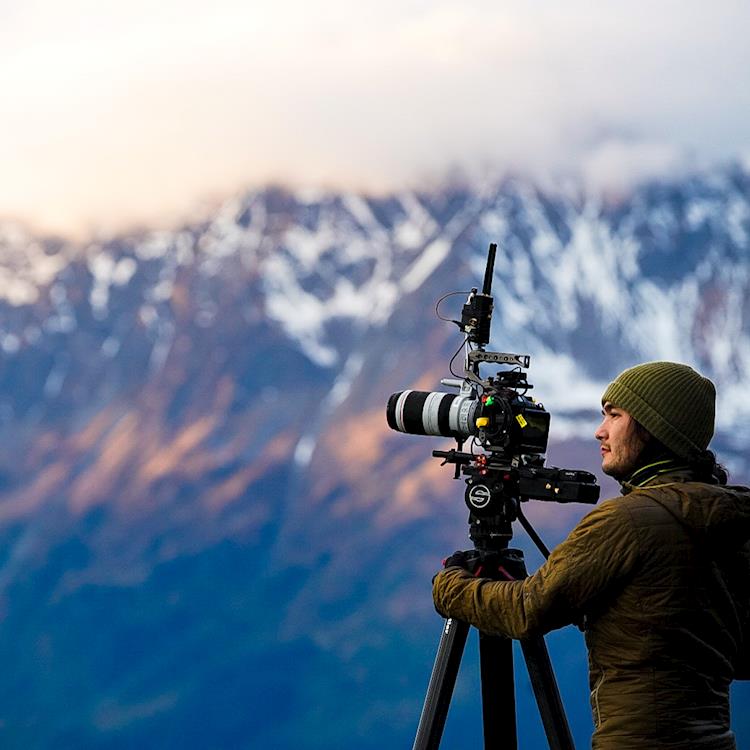
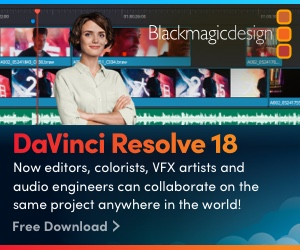
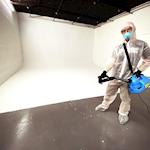
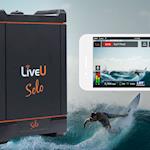
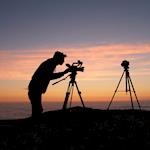

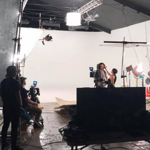

Comments
There are no comments on this blog post.